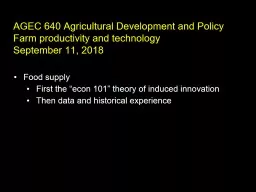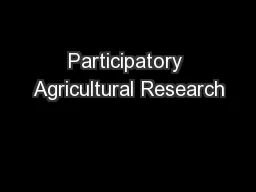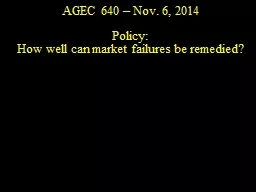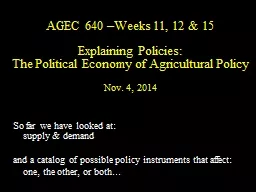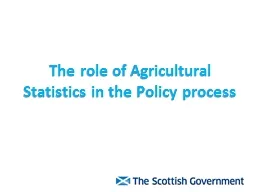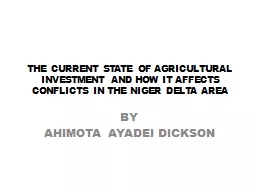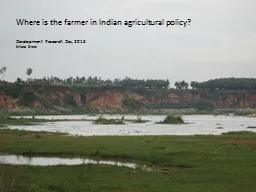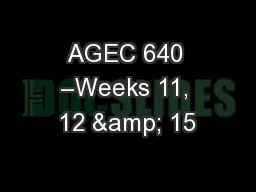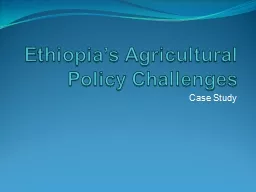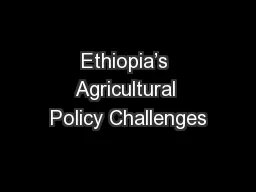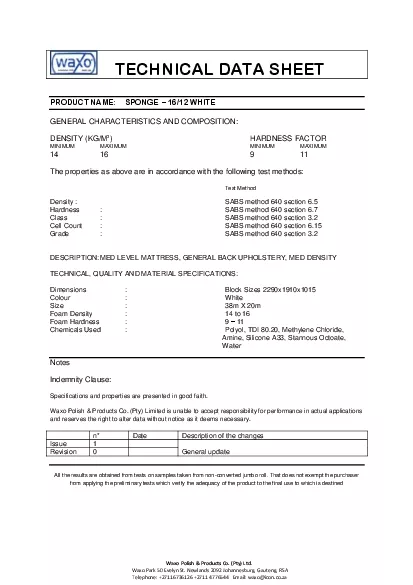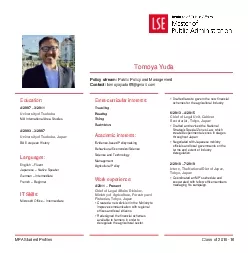PPT-AGEC 640 Agricultural Development and Policy
Author : pamella-moone | Published Date : 2019-01-29
Farm productivity and technology September 11 2018 Food supply First the econ 101 theory of induced innovation Then data and historical experience Lets start
Presentation Embed Code
Download Presentation
Download Presentation The PPT/PDF document "AGEC 640 Agricultural Development and ..." is the property of its rightful owner. Permission is granted to download and print the materials on this website for personal, non-commercial use only, and to display it on your personal computer provided you do not modify the materials and that you retain all copyright notices contained in the materials. By downloading content from our website, you accept the terms of this agreement.
AGEC 640 Agricultural Development and Policy: Transcript
Download Rules Of Document
"AGEC 640 Agricultural Development and Policy"The content belongs to its owner. You may download and print it for personal use, without modification, and keep all copyright notices. By downloading, you agree to these terms.
Related Documents

